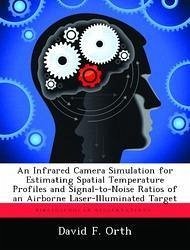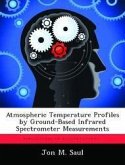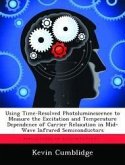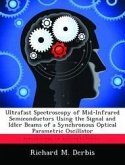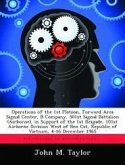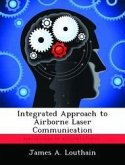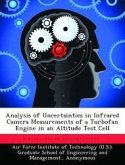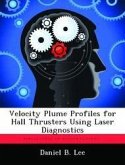Airborne Laser testing and evaluation can be aided by developing a spectrally-based infrared camera simulation to explore how the target surface's specular and diffuse reflectivities affect the observed signal-to-noise ratio (SNR)and how the target's temperature in the laserspot can estimated. This simulation provides for the observed irradiance, scaled by atmospheric absorption, to consist of the target's self-emission, reflected background emission, and the path emission from the observer to the target. The observed irradiance isscaled and distributed onto a focal plane array by way of a simulated optical system, whose effectsare described by modulation transfer functions. The modeled detector response converts the observed irradiance to a current signal from which detector noise quantities are computed. Analyzing the simulated data shows that the observed SNR is dependent upon the target's reflectivity, and leads to a conclusion that the mid-wave infrared band is best choice for observing the thermal emission. For estimating temperature, a least-squares optimization will not work because of the effects of the point spread function.
Hinweis: Dieser Artikel kann nur an eine deutsche Lieferadresse ausgeliefert werden.
Hinweis: Dieser Artikel kann nur an eine deutsche Lieferadresse ausgeliefert werden.

